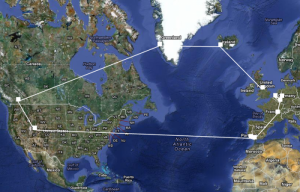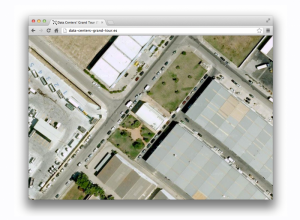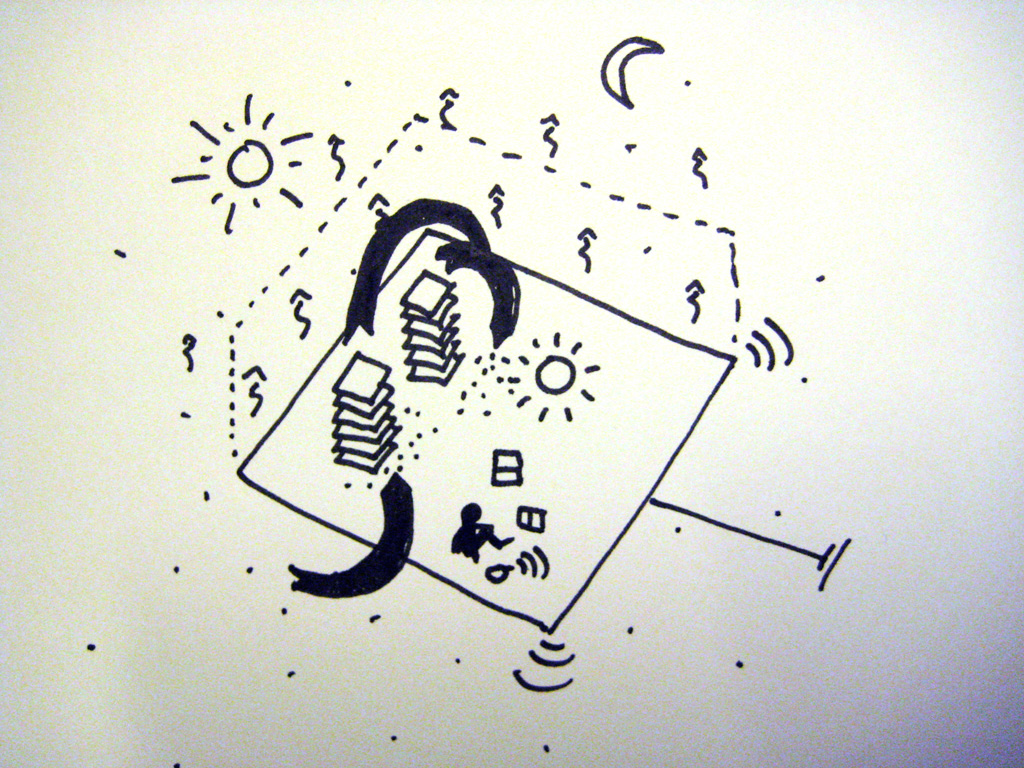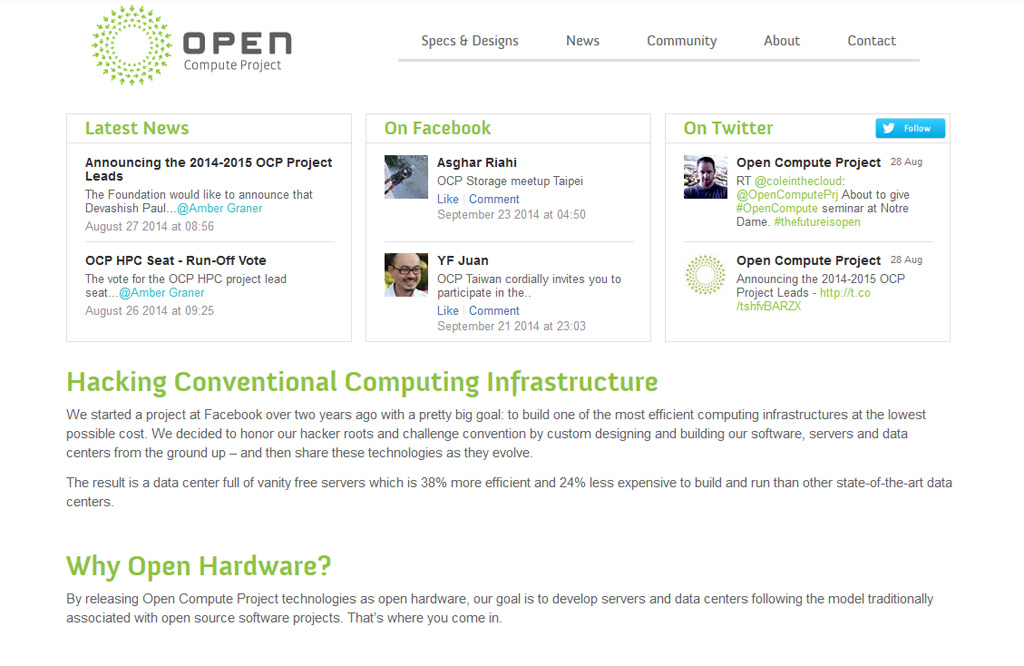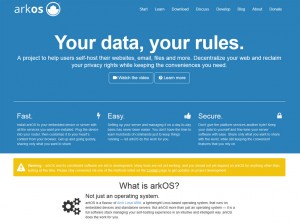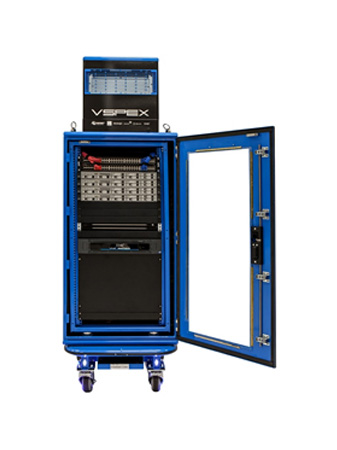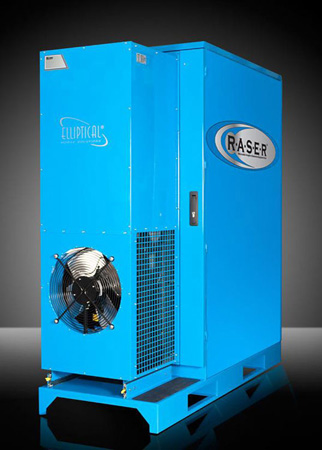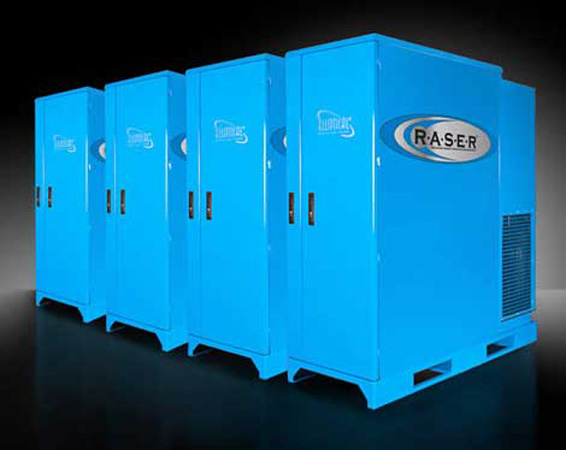The first workshop in the project corresponds to a preliminary field research phase devoted to understanding people’s relationship with the Cloud. Given our ambition to revisit and explore alternative personal cloud systems, we find it important to investigate actual usage, problems, limits, experiences and situations related to the pervasive use of cloud computing.
Soilless – a research introduction and a field study from iiclouds.org design research on Vimeo.
Based on a series of user interviews and observations, we will address various issues related to this theme. Our aim is to have a sample of participants which practices have a certain diversity: nomadic workers, third-space users, musicians, VJs, journalists, etc. These interviews will be complemented by an analysis of on-line forums and groups focused on the discussion of cloud-related issues (Dropbox forums, blogs and social media messages discussing the limits and problems of these platforms, etc.).
